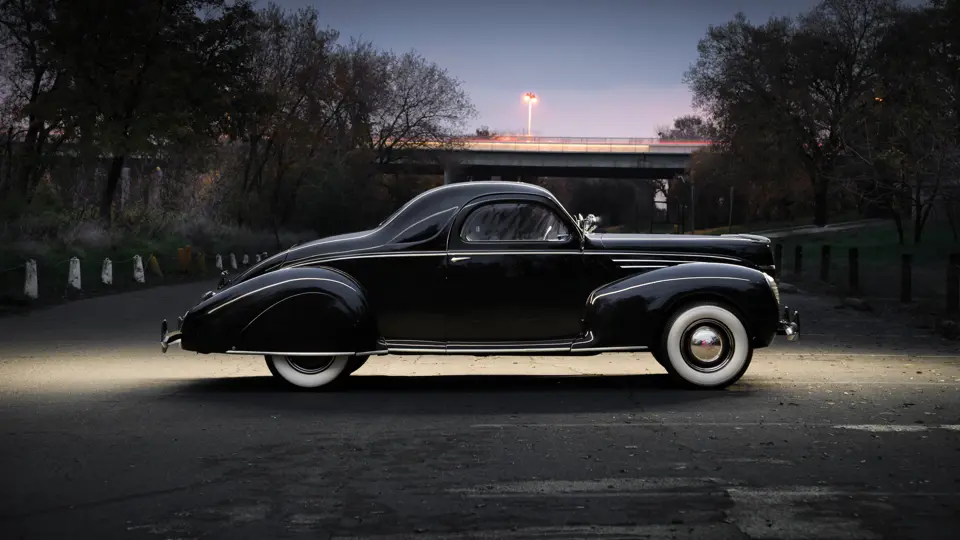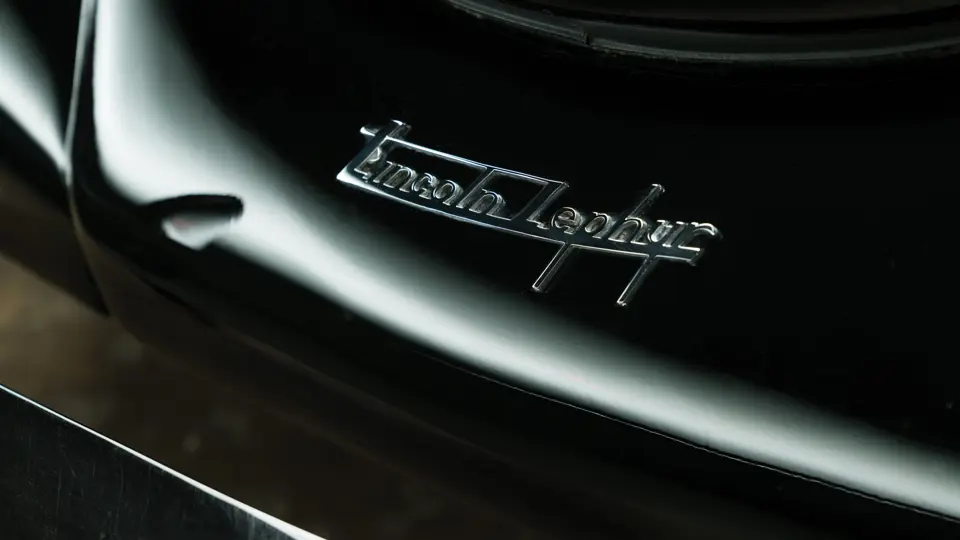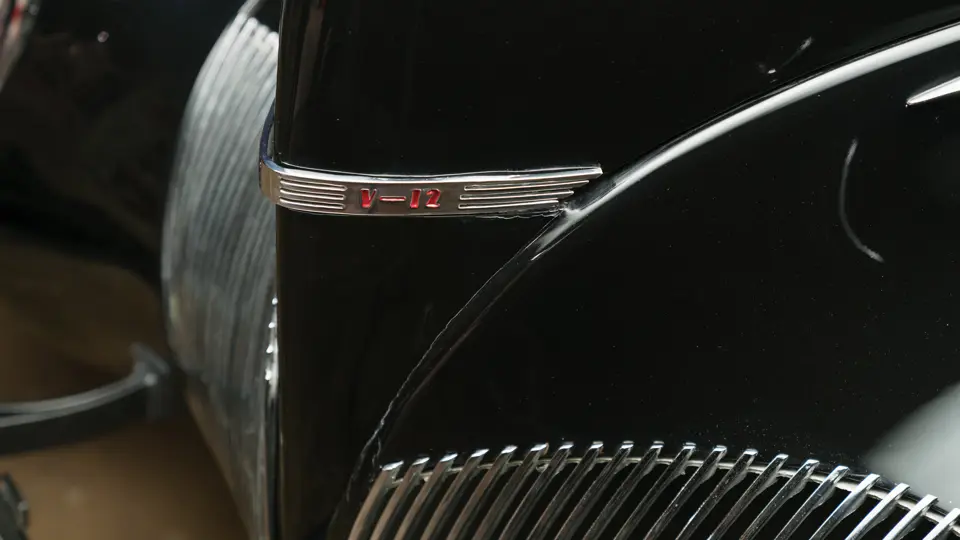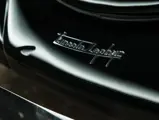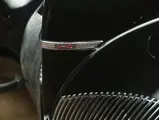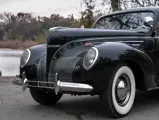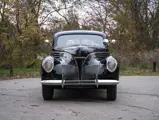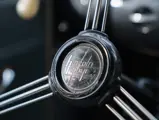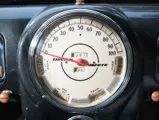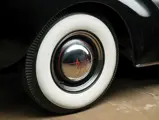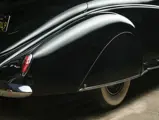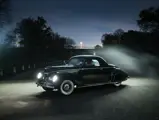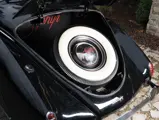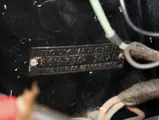
1939 Lincoln-Zephyr Three-Window Coupe
{{lr.item.text}}
$192,500 USD | Sold
{{bidding.lot.reserveStatusFormatted}}
- Formerly owned by Paul Teutul Jr.
- Very rare unmodified example; one of 2,500 three-window coupes built for 1939
- Spectacular example of a pioneering streamlined American automobile
- Equipped with Columbia two-speed rear axle for effortless highway cruising
- Highly desirable production year with its Art Deco trim and waterfall grille
110 hp, 267.3 cu. in. L-head V-12 engine, three-speed sliding gear transmission with two-speed Columbia rear axle, solid front axle with transverse leaf spring, three-quarter floating rear axle with transverse leaf spring, and four-wheel mechanical drum brakes. Wheelbase: 125 in.
The first Lincoln-Zephyr was introduced in November 1935 for the 1936 model year. Its streamlined teardrop styling was credited to designer John Tjaarda of the Briggs Body Company, with help from a young Ford designer, Eugene T. “Bob” Gregorie, as well as input from Edsel Ford. The sturdy monocoque body was an early attempt at unitized construction, while its name echoed that of the new-fangled streamlined modern diesel trains in operation on the Burlington Railroad. Ultimately, the trio was credited with fashioning the first successful streamlined car in America.
The Zephyr was powered by a new V-12 engine derived from the standard Ford flathead V-8. The advanced styling and novel powerplant arguably kept the Lincoln division of Ford Motor Company alive through the Great Depression.
Formerly in the collection of Paul Teutul Jr. of American Chopper fame, this striking unmodified Lincoln was the feature car in episode 13, season 8 of Velocity Channel’s Chasing Classic Cars with Wayne Carini. In addition, it starred in a prominent Hewlett Packard commercial, entitled Making a Mark, which featured Teutul driving this car along New York’s Hudson River.
It remains in stock trim and is beautifully presented in elegant black over a grey broadcloth interior, with a gorgeous headliner, door panels, and a back of seat storage compartment, as well as a near perfect trunk compartment with a special “Zephyr” script emblazoned on the back seat trunk panel. This example has the stunning and distinctive split rear oval window, as well as a magnificently restored dashboard with a large round center binnacle. Just as importantly, it has the one-year-only unique shifter arm that connects through the side of the center console, as opposed to the floor. Options include radio, cigar lighter, dual side view mirrors, a driver side A-pillar-mounted spotlight, and, most importantly, the Columbia two-speed rear end for effortless highway cruising.
Considered one of the first and most iconic Art Deco American cars, its forward-looking stance gives the Zephyr the appearance of motion while standing still. This car amazingly escaped the fate of customization, as is often the case with these high-style three-window coupes, and is as stunning today as when it was new.
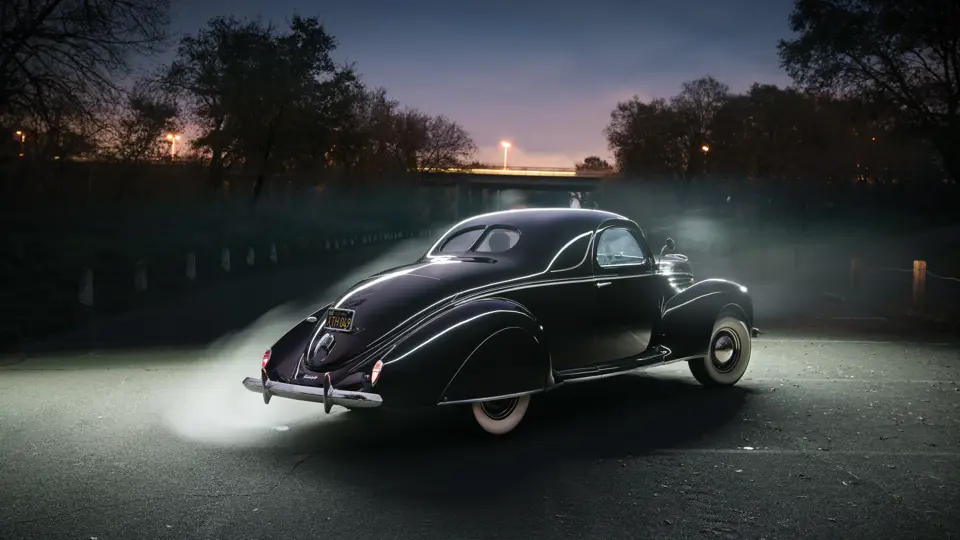



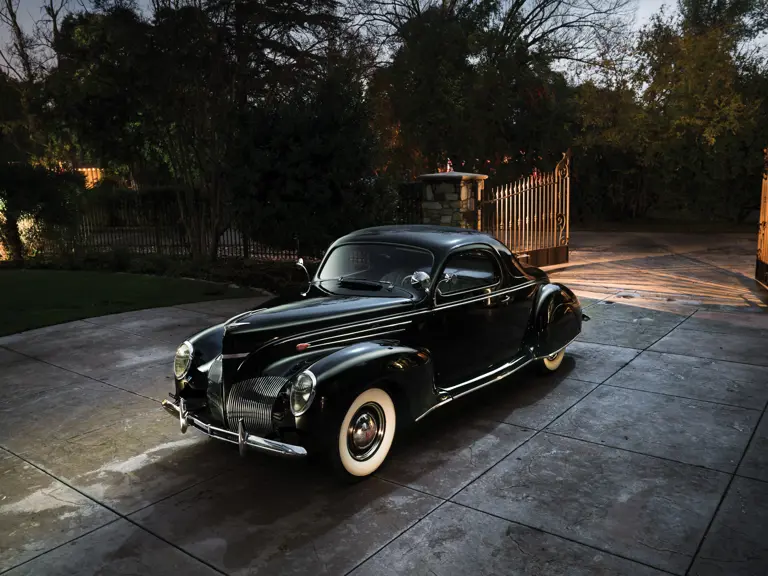
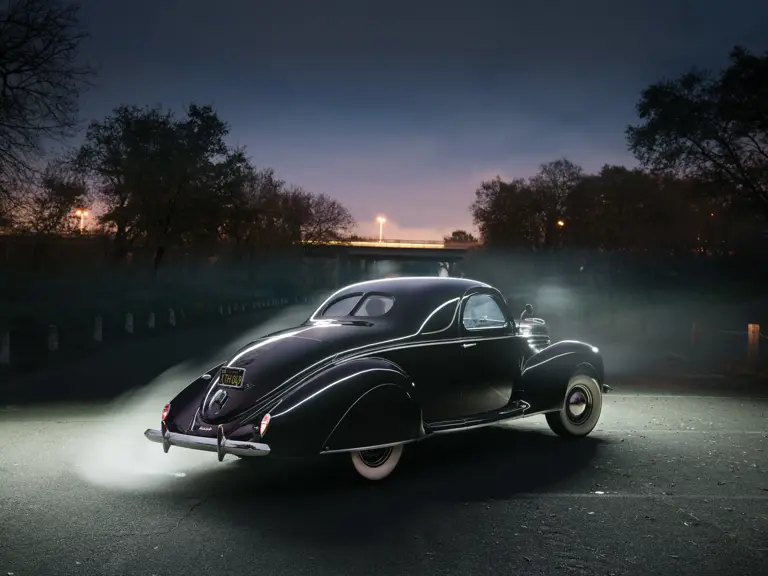
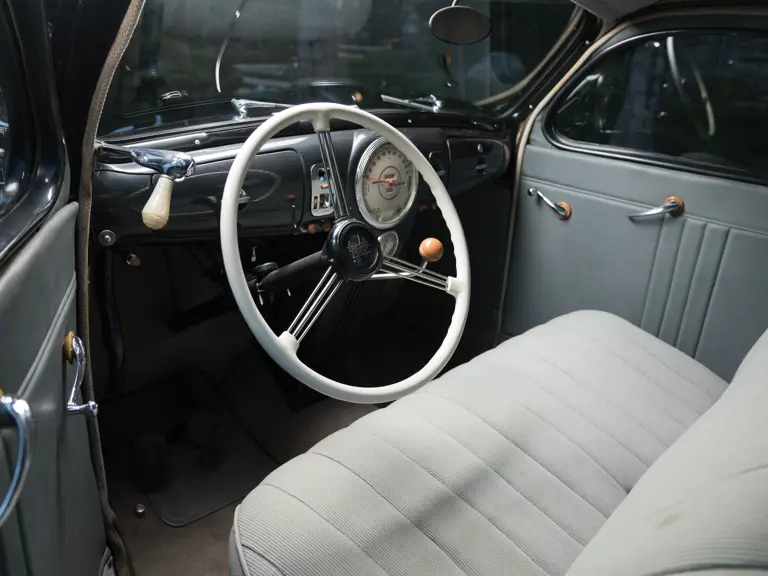
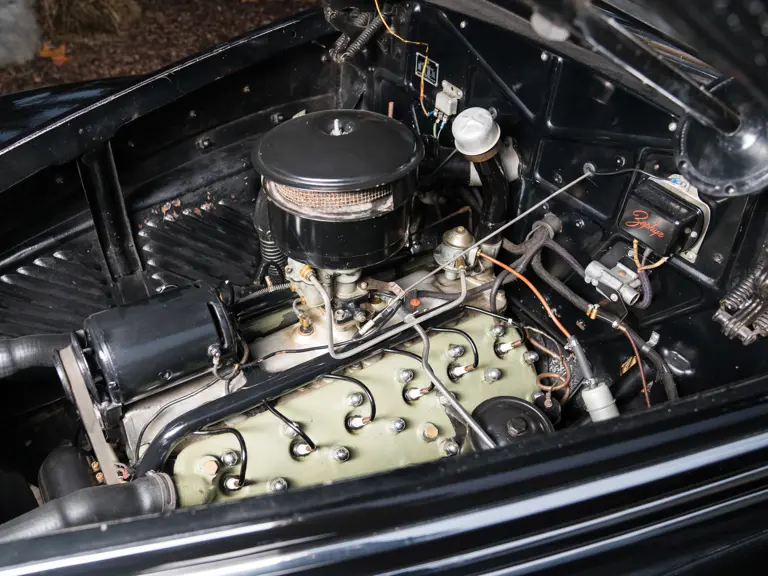
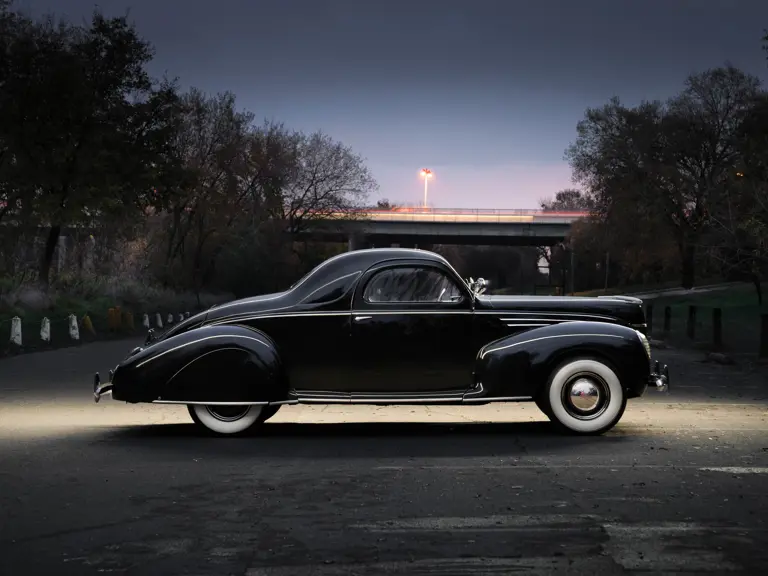
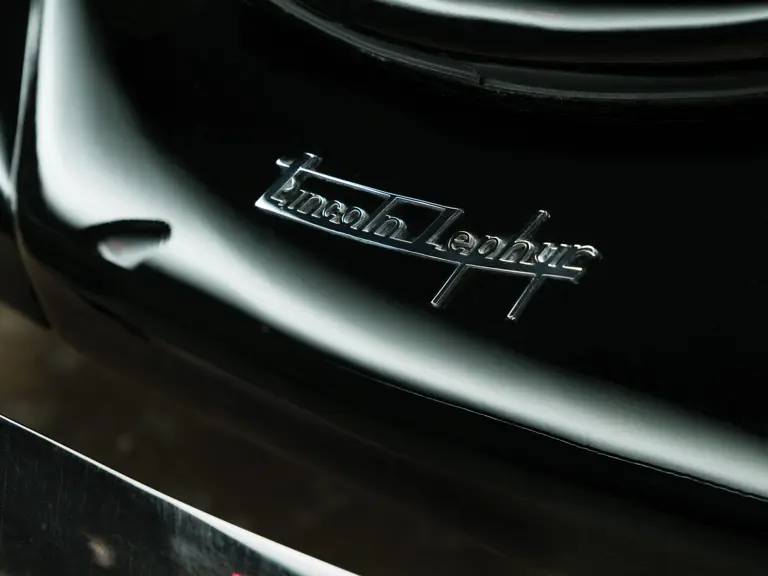
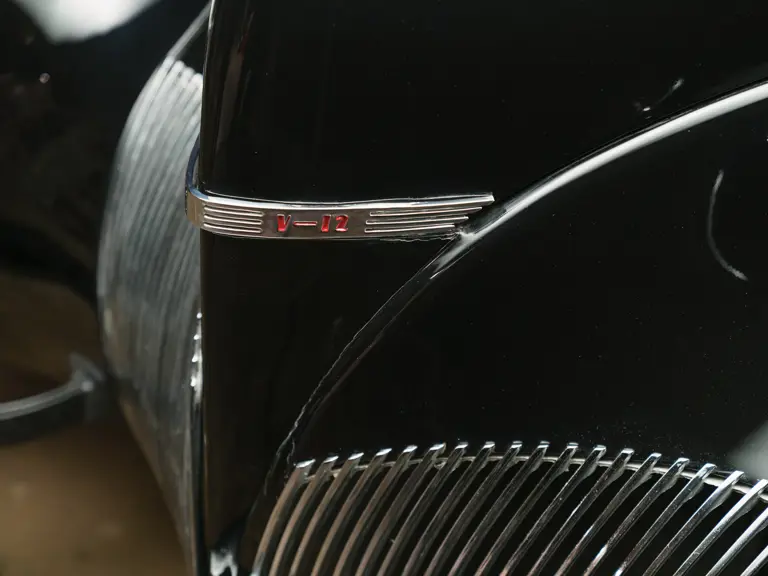

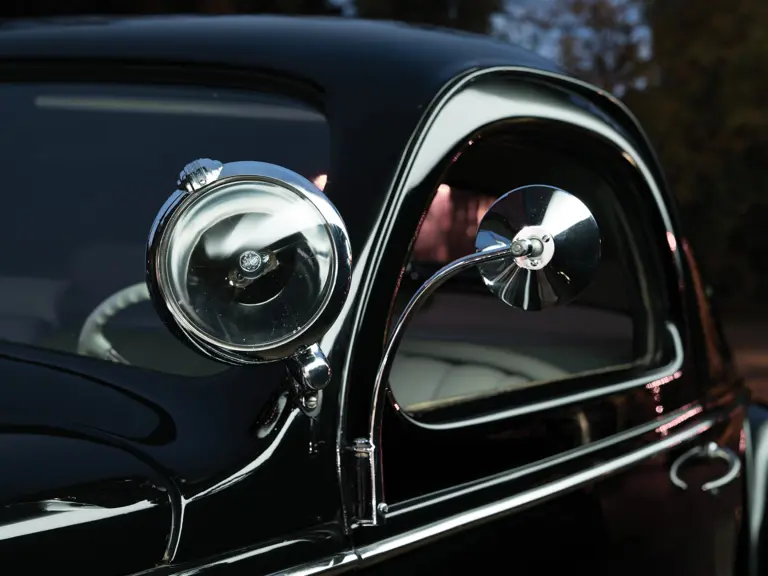
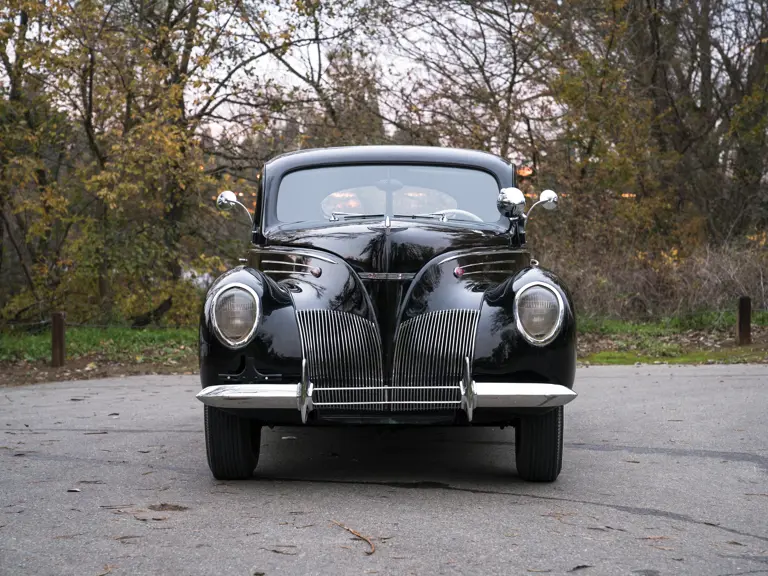
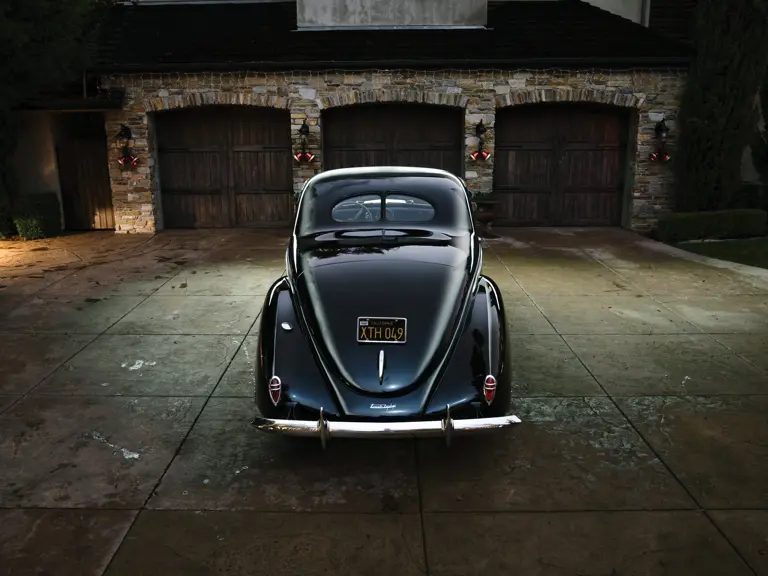
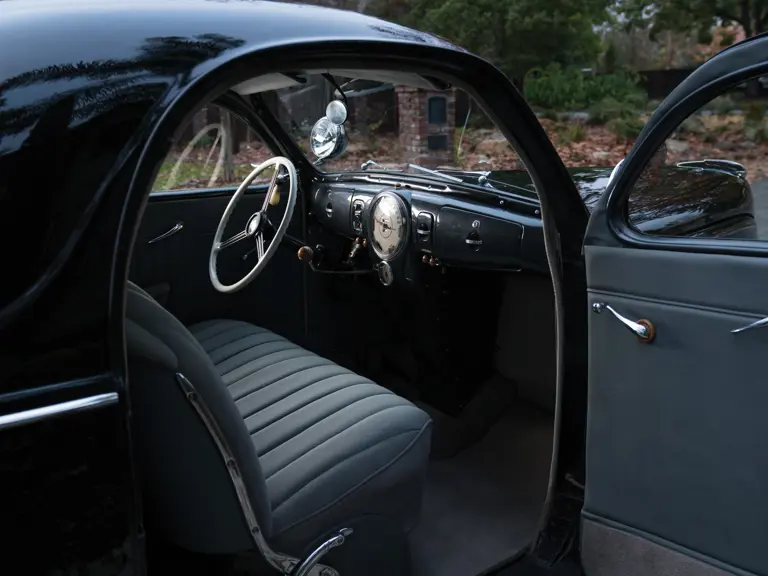
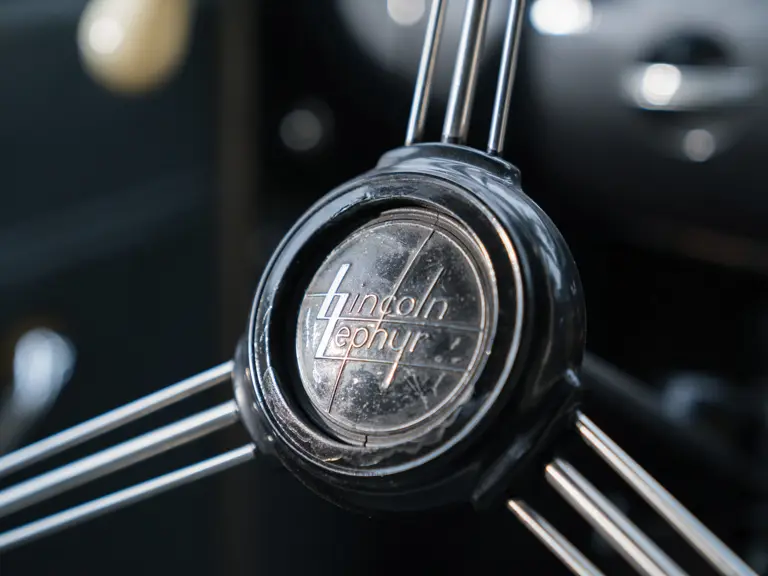
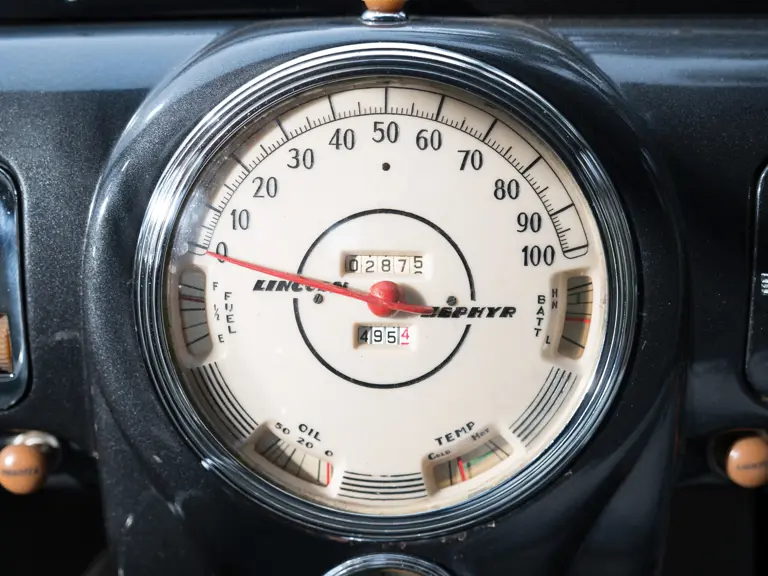
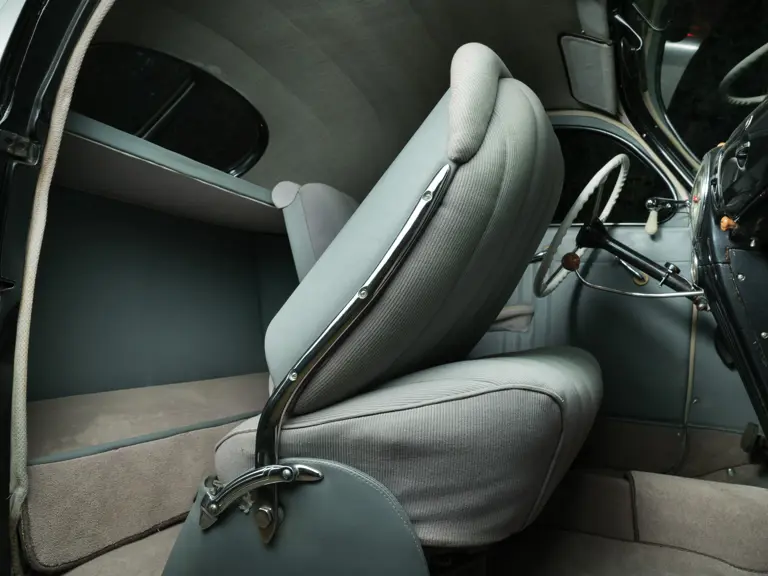
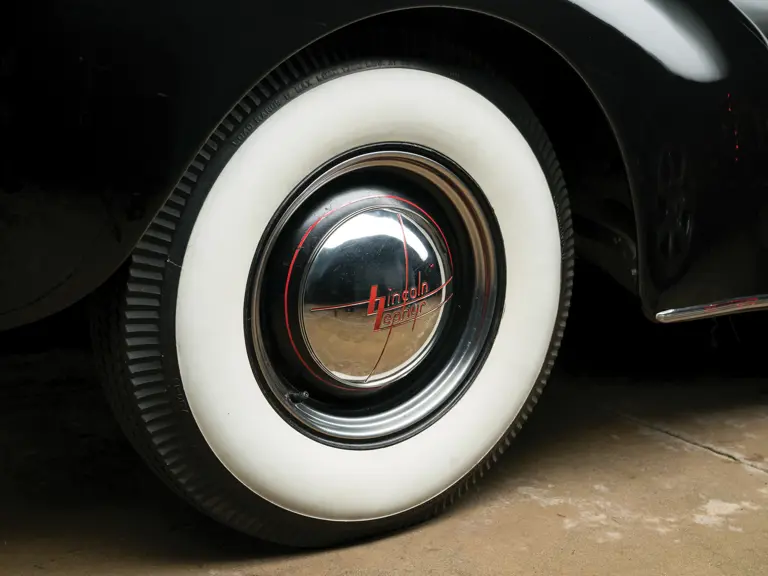
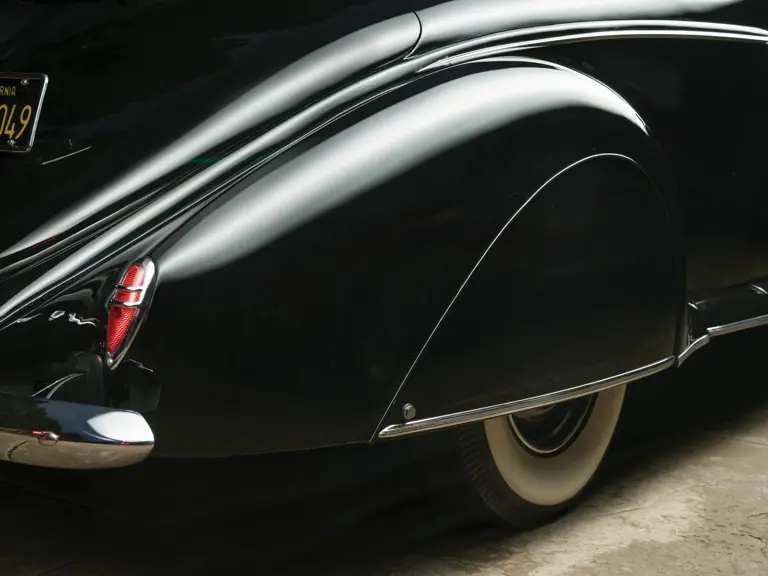
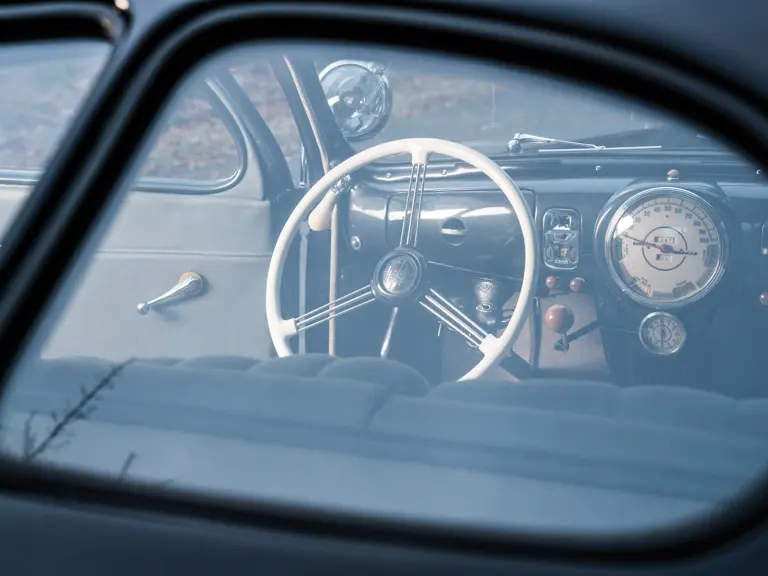

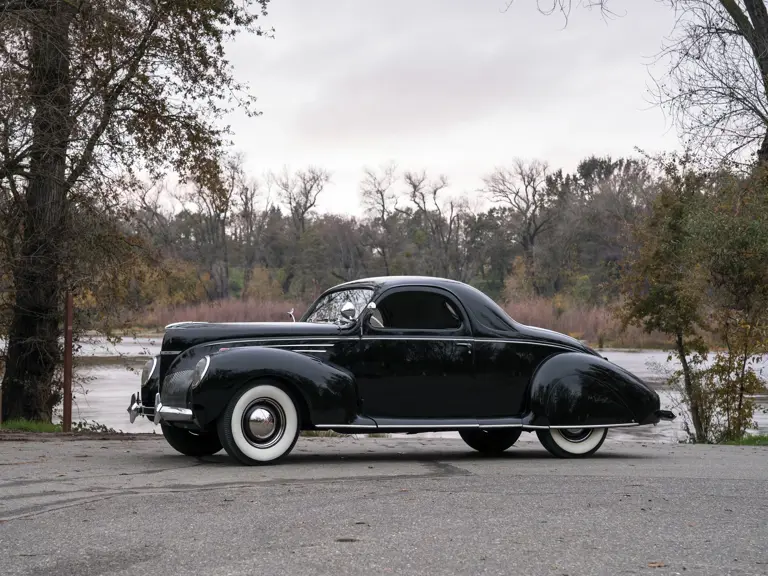

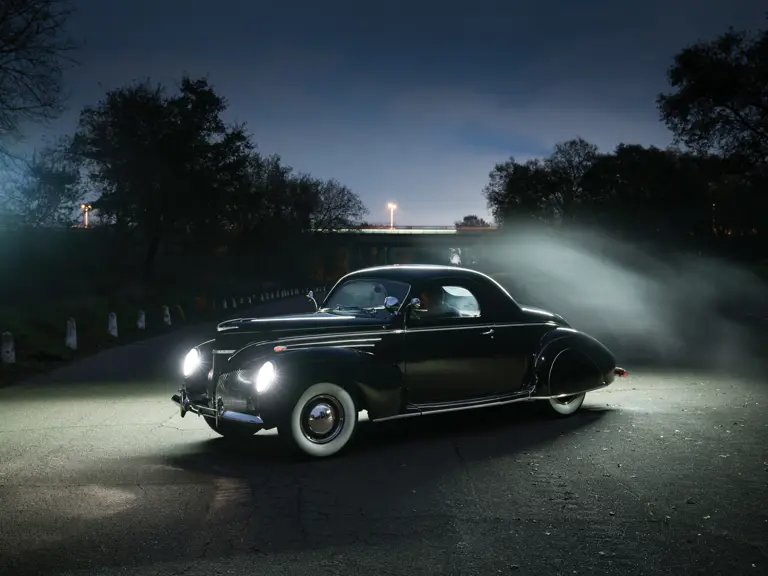
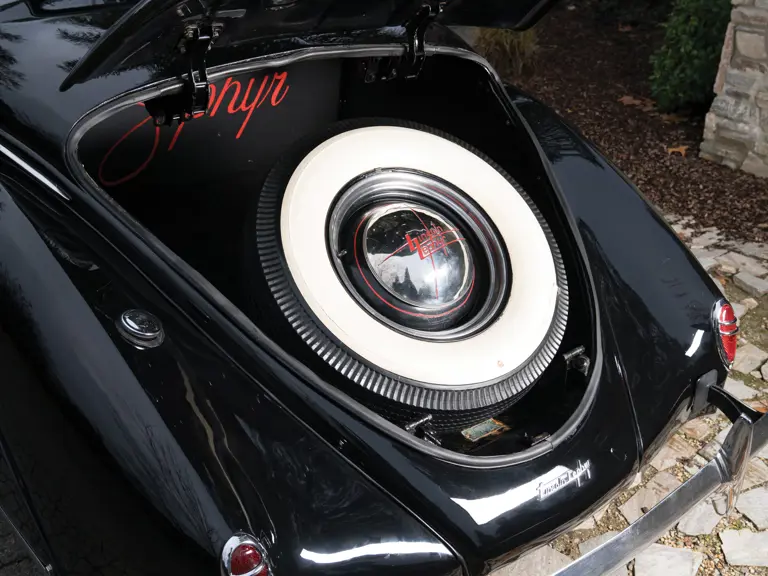
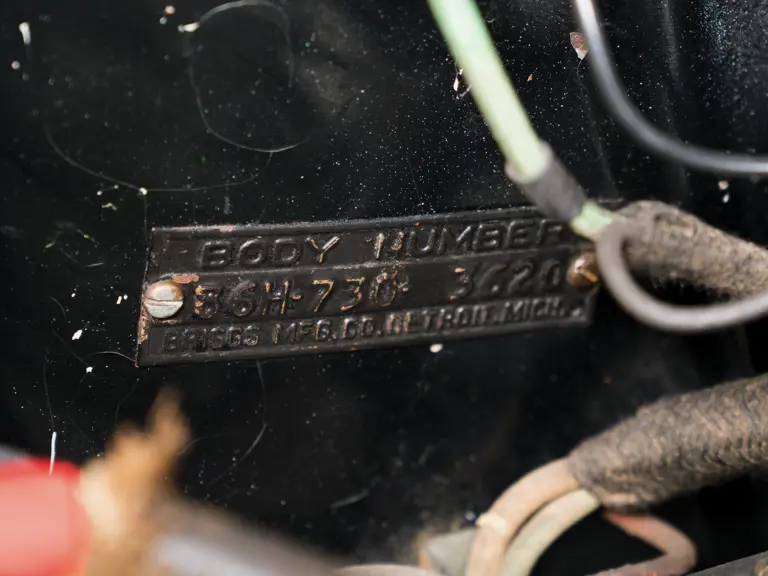

 | Phoenix, Arizona
| Phoenix, Arizona
